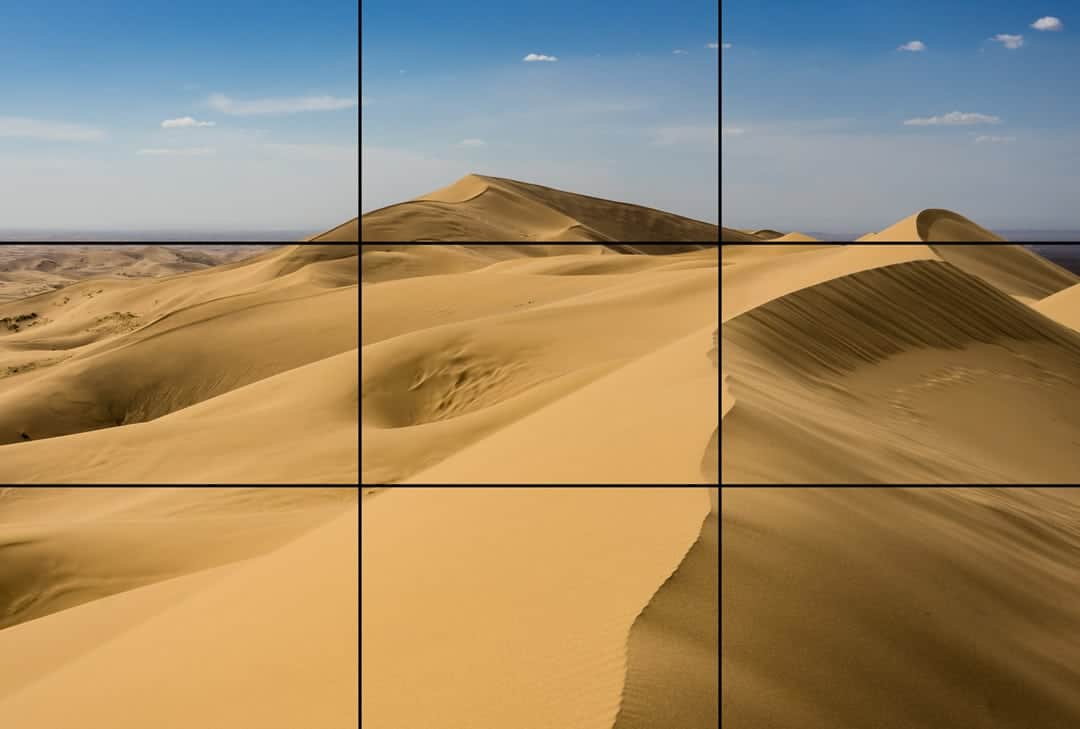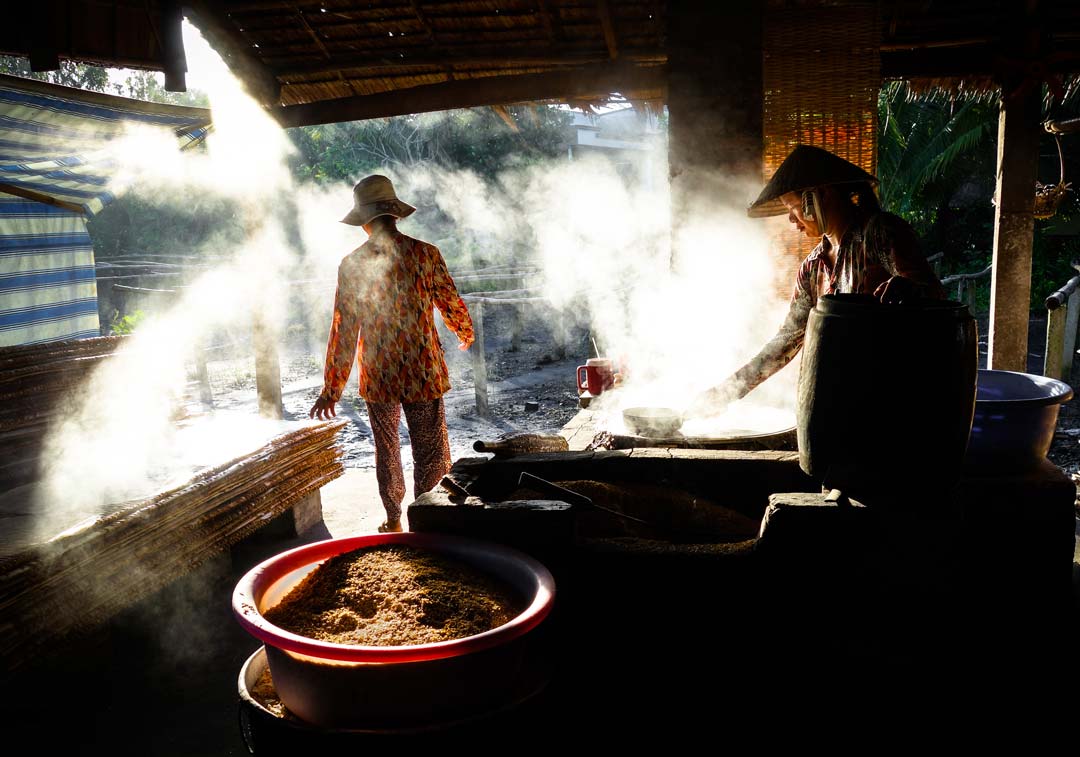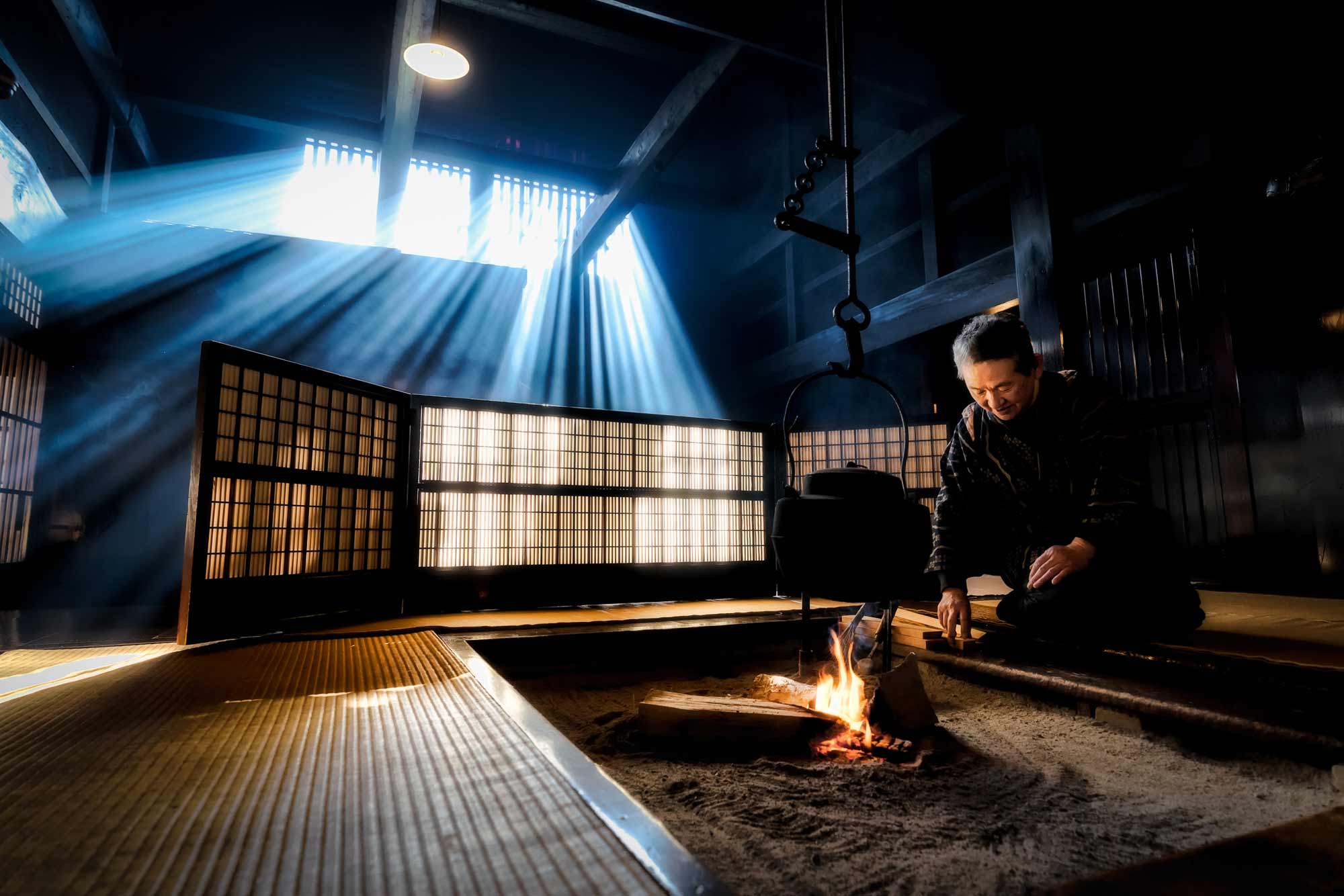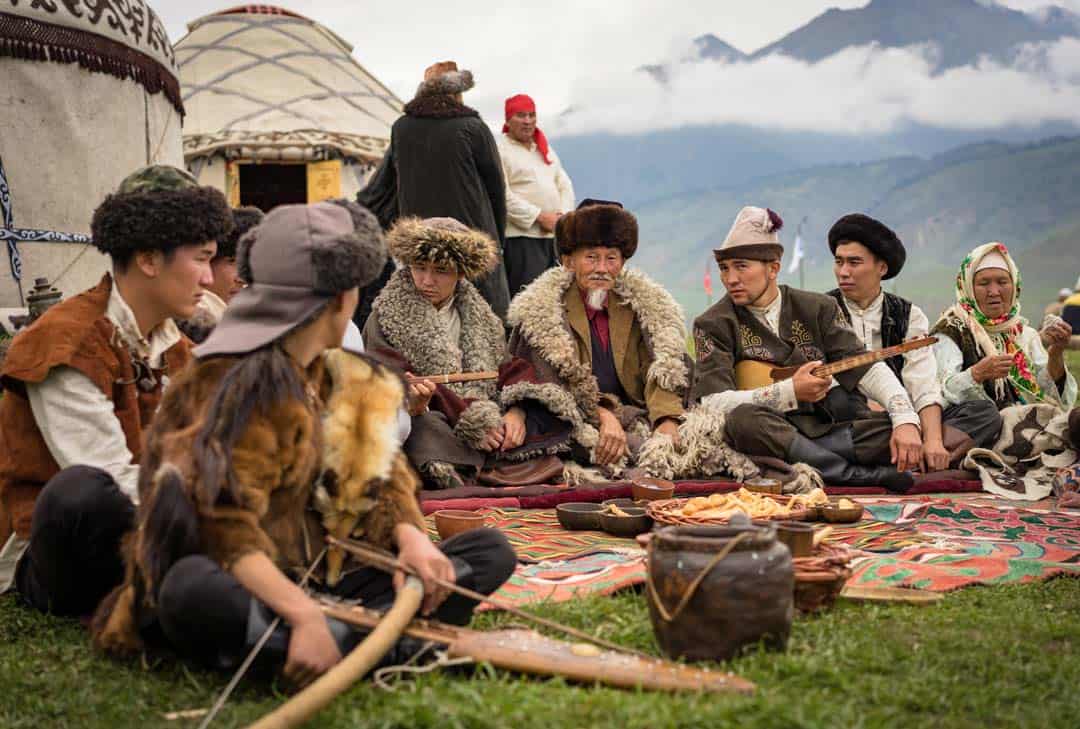Travel photography is a unique art form that combines technical skill, creative vision, and a sense of adventure. It seeks to document experiences, places, and cultures while capturing the beauty of the world. To excel in travel photography, there are several key elements to understand.
Understanding Your Equipment

Familiarity with your camera and its settings is crucial. Whether using a smartphone, DSLR, or mirrorless camera, knowing how to adjust ISO, aperture, and shutter speed will significantly enhance your results. As recommended, 'it’s a learning curve, but understanding in what situations to use specific settings is essential'[7].
Travelers should consider the types of cameras that best suit their needs. Compact cameras or mirrorless systems are often recommended for their portability and image quality. For example, the Sony RX100 VII is highlighted as one of the best compact travel cameras, merging ease of use with impressive performance[2].
Composition Techniques

Good composition can elevate a photo from ordinary to extraordinary. One fundamental concept is the rule of thirds. This involves dividing the image into nine equal sections using two horizontal and two vertical lines and positioning the subject along these lines or their intersections[10][11]. Employing leading lines—natural lines in the landscape that guide the viewer's eye—can enrich the composition by adding depth and perspective as well[1].
Creating a sense of depth is also vital. This can be achieved by including foreground elements, which helps to convey the scale of the scene. “Consider using a wide-angle lens to capture panoramic views, as it provides a grand sense of space,”[8] points out the importance of this technique in landscape photography.
The Importance of Lighting

Lighting conditions greatly affect the mood and quality of photographs. The golden hour, which occurs shortly after sunrise and before sunset, offers soft, warm light ideal for capturing stunning images[3][4]. Similarly, the blue hour, the period just before sunrise or after sunset, provides a unique hue that can add a dramatic touch to nighttime photography[4]. It’s best to avoid the harsh midday sun, which can create harsh shadows and blown-out highlights. Instead, use this time to scout locations and plan for golden or blue hour shots later in the day[1].
Planning and Research

Effective travel photography requires foresight and preparation. Conduct thorough research on your destination to identify key sights and the best times to capture them. “Creating a shot list and scouting locations ahead of time can be beneficial,” states the advice from travel photographers[5]. This preparation ensures you maximize each location and lighting opportunity, helping create stunning visuals that showcase the essence of your travels.
Capturing Cultural Moments

Travel photography is not only about landscapes but also about people and culture. Candid portraits or street photography can capture the lives and stories of locals. When taking portraits, seek permission first to respect the subjects[1][1]. “Capturing the essence of life in your travels offers a unique perspective that can resonate with viewers,”[9].
Moreover, adding contextual elements such as local cuisine or architecture can enrich your imagery, creating a more rounded narrative of your travel experience[10].
Technical Skills

Mastering the exposure triangle—ISO, aperture, and shutter speed—is vital for achieving proper exposure and control over the image[4]. Lowering the ISO is generally preferable in daylight to minimize noise, while a larger aperture can blur backgrounds, enhancing portrait photography[8]. Understanding the interplay between these factors allows for creative storytelling through your visuals.
Additionally, photographers should also experiment with various shooting modes, especially manual mode, to gain full control over their camera settings[9]. Familiarity with how different lenses affect composition is also critical; for instance, wide-angle lenses are excellent for landscapes, while prime lenses can excel in portrait shots[10].
Post-Processing and Editing

Post-processing is an integral part of travel photography. Using editing software like Adobe Lightroom can enhance images to reflect the atmosphere experienced during the shoot. It’s essential to maintain editorial integrity by keeping edits subtle and authentic to the moment captured[5][6].
Regular backups of your images are also important to safeguard your portfolio against unforeseen mishaps. Utilizing both cloud storage and physical hard drives can ensure your precious memories are preserved[9].
Final Thoughts
Travel photography is a blend of capturing stunning images and documenting experiences. By understanding your equipment, mastering composition and lighting, planning your shoots, and engaging with local culture, you can create powerful imagery that transports viewers. Strong post-processing skills will further enhance your portfolio, allowing you to tell compelling stories through your images. Engage in constant practice and be patient; skills develop over time, and each photograph is a step toward mastering this captivating art form.
Get more accurate answers with Super Pandi, upload files, personalized discovery feed, save searches and contribute to the PandiPedia.
Let's look at alternatives:
- Modify the query.
- Start a new thread.
- Remove sources (if manually added).